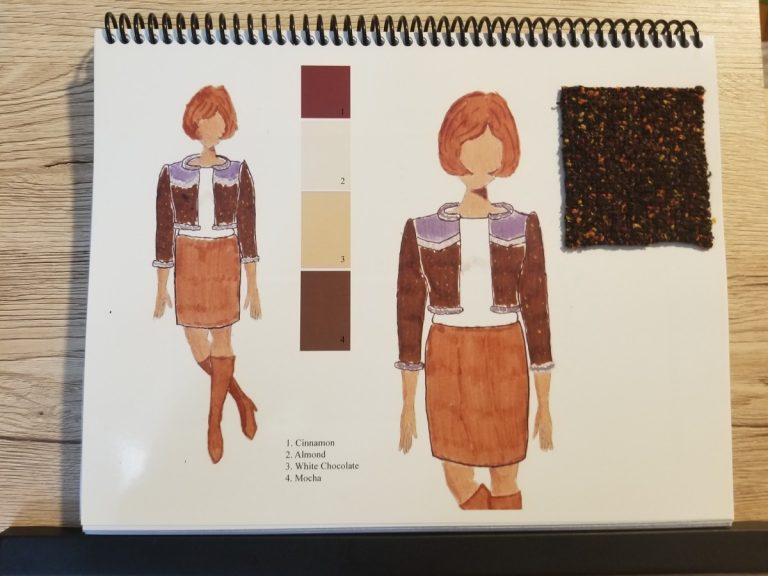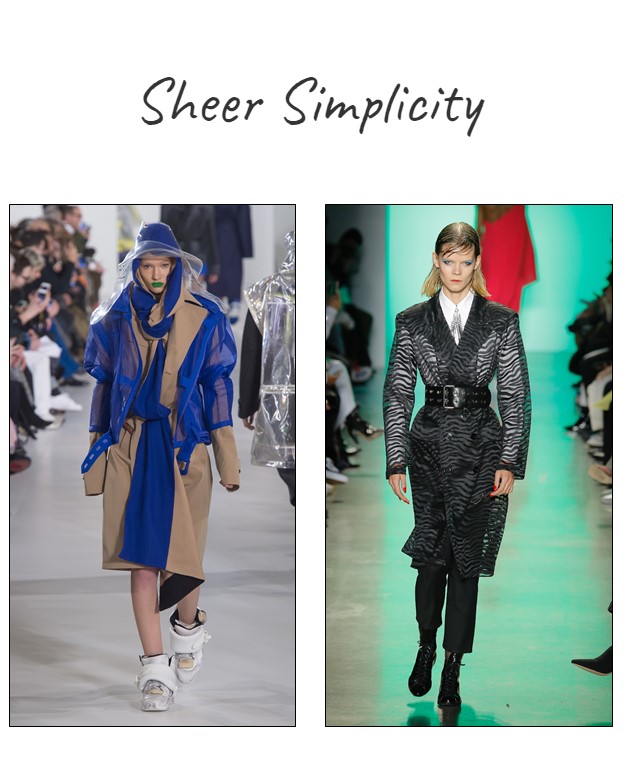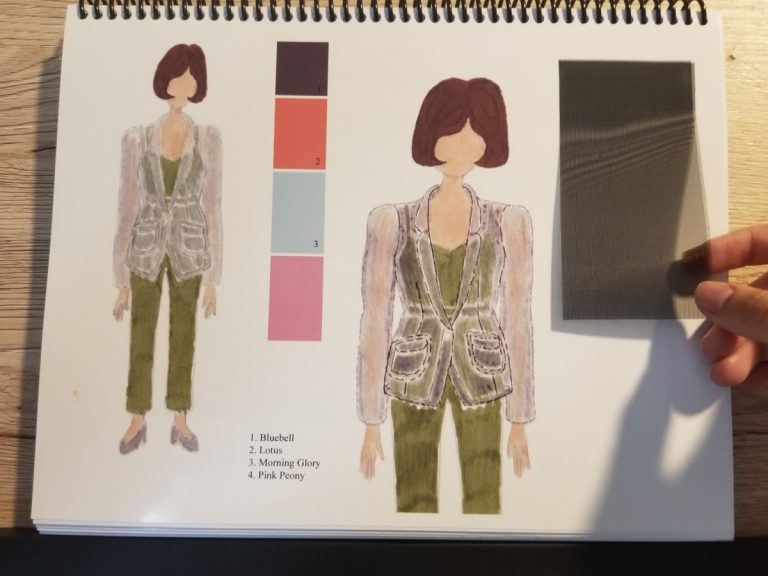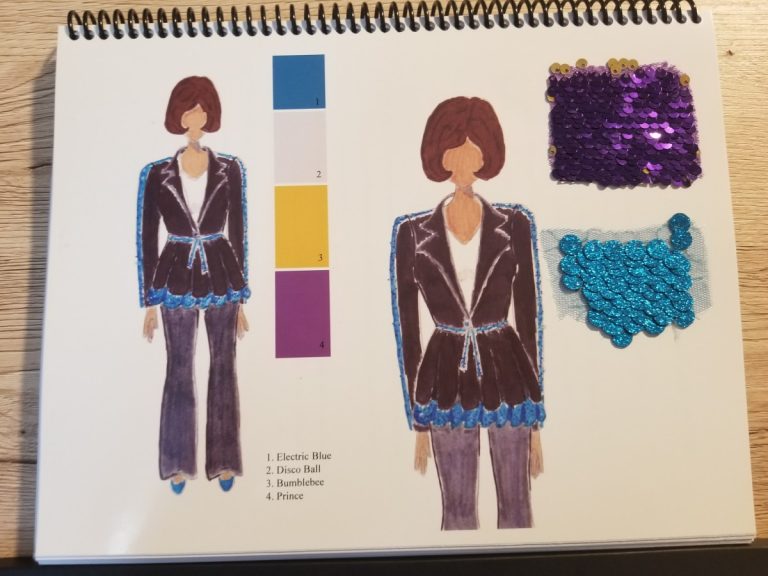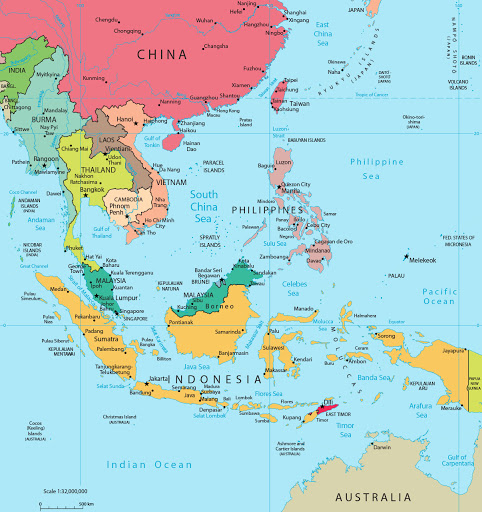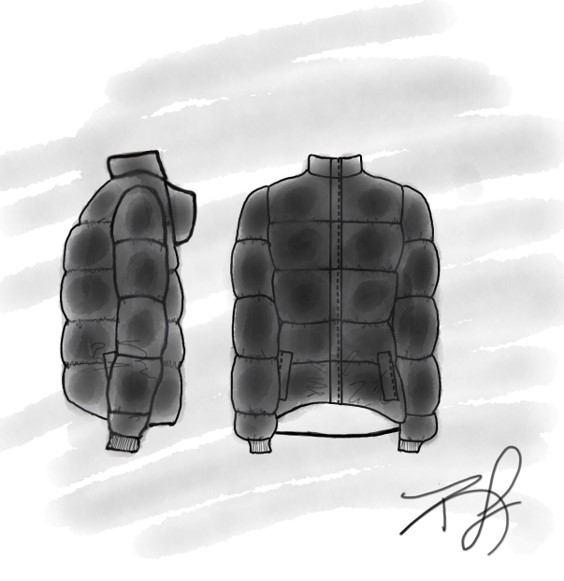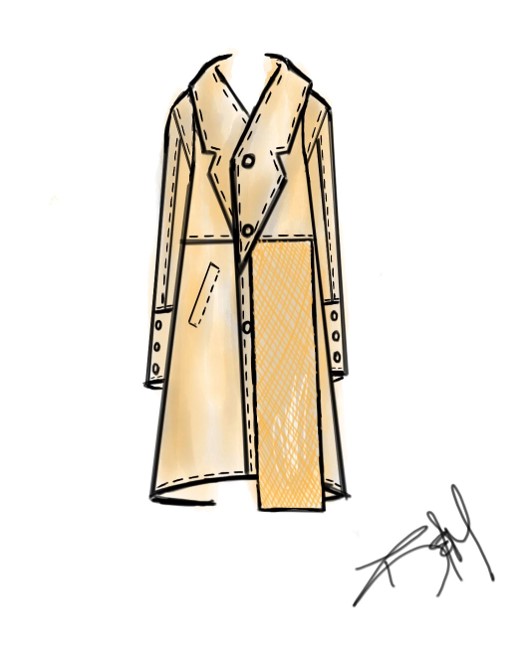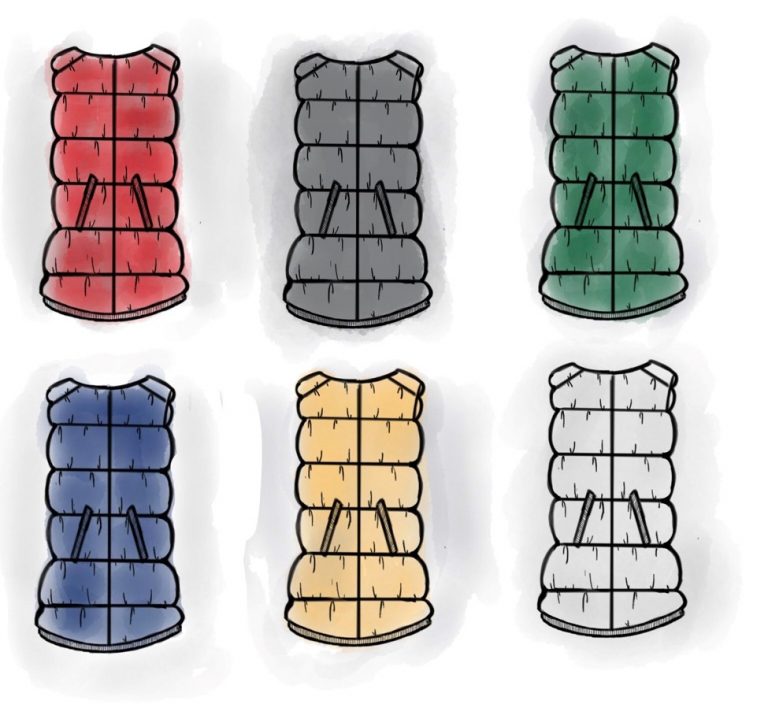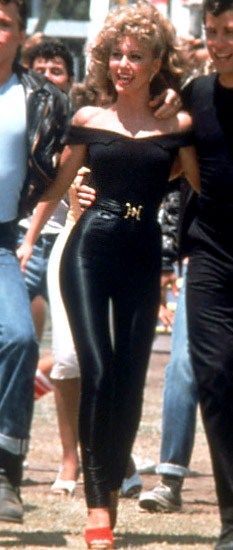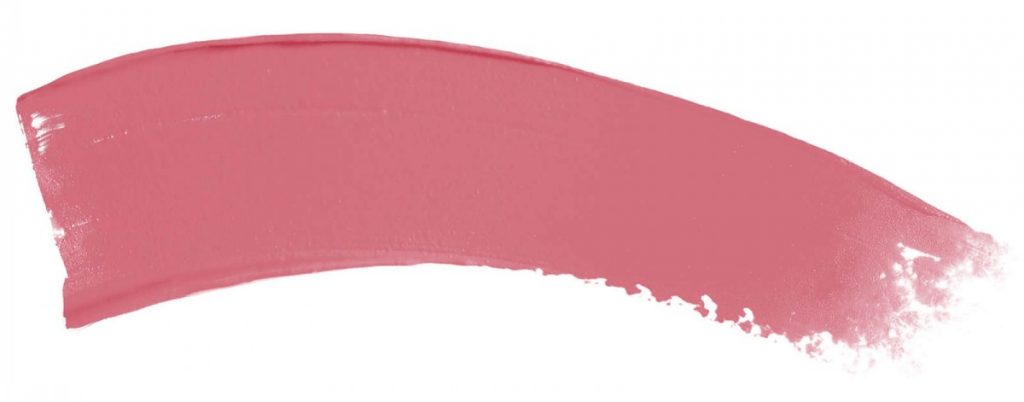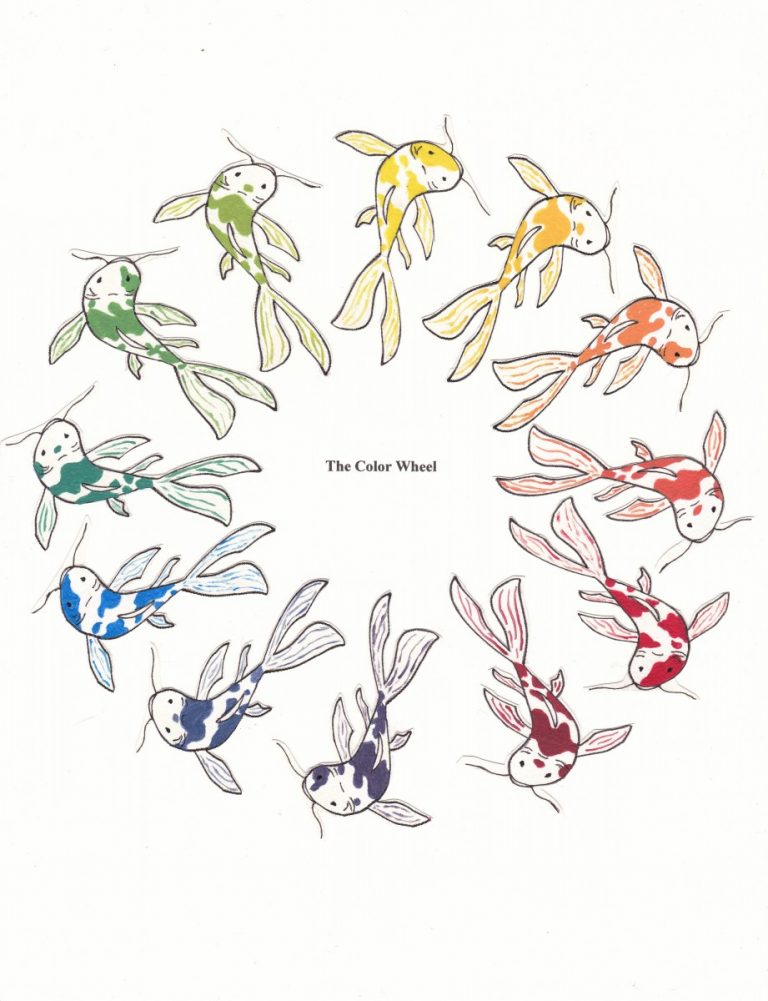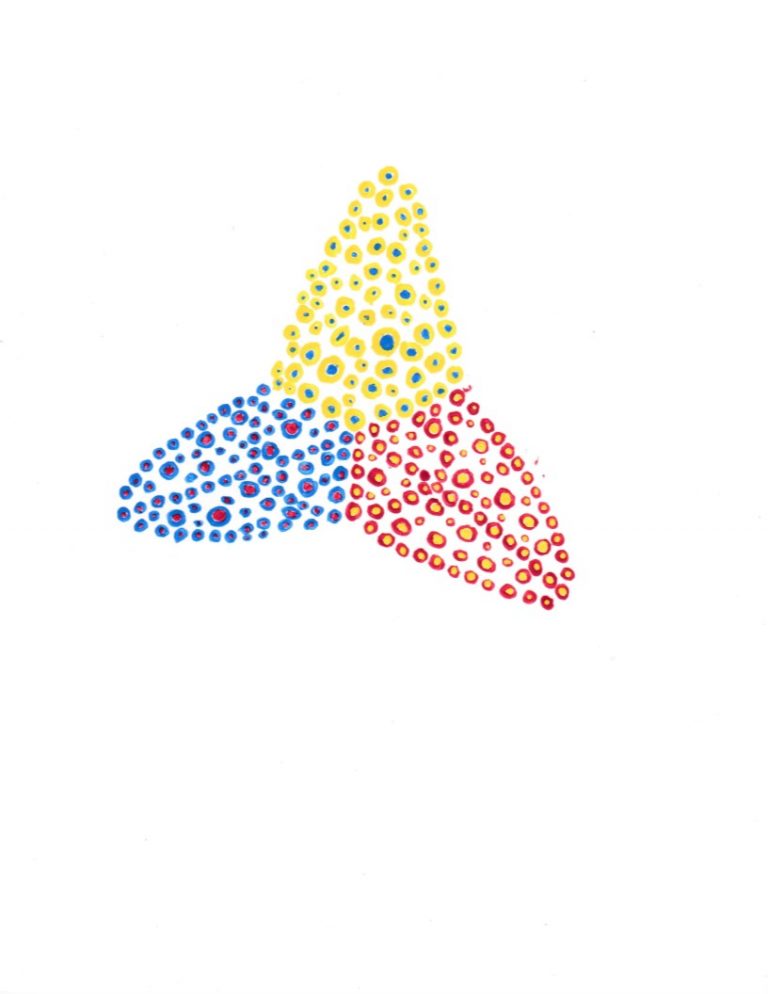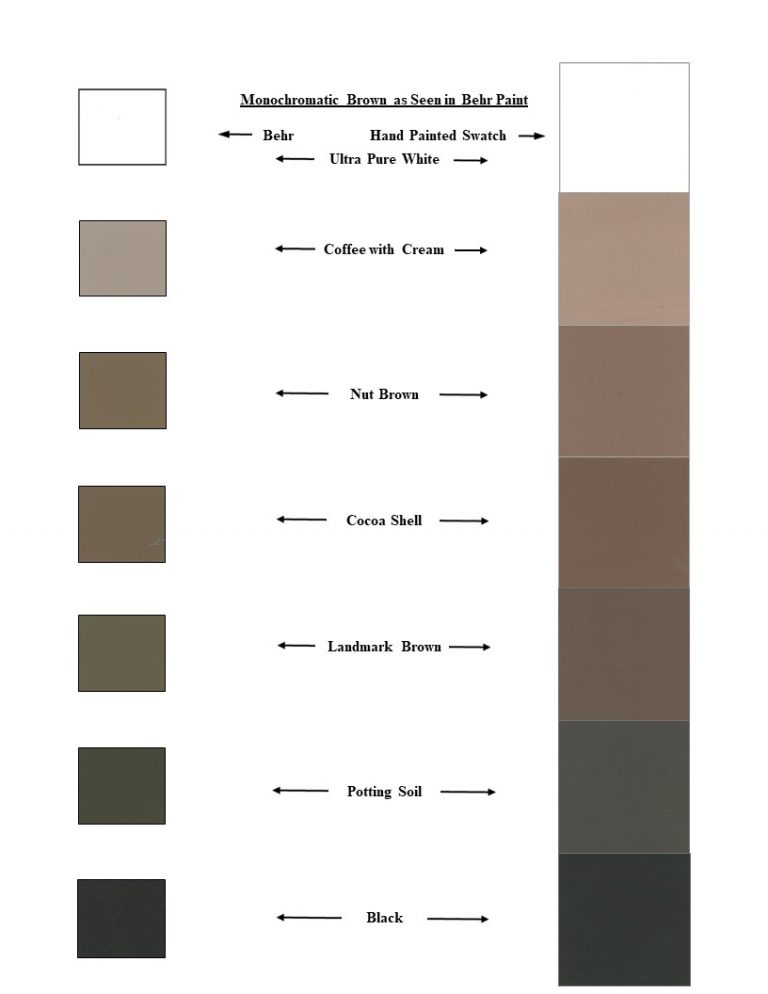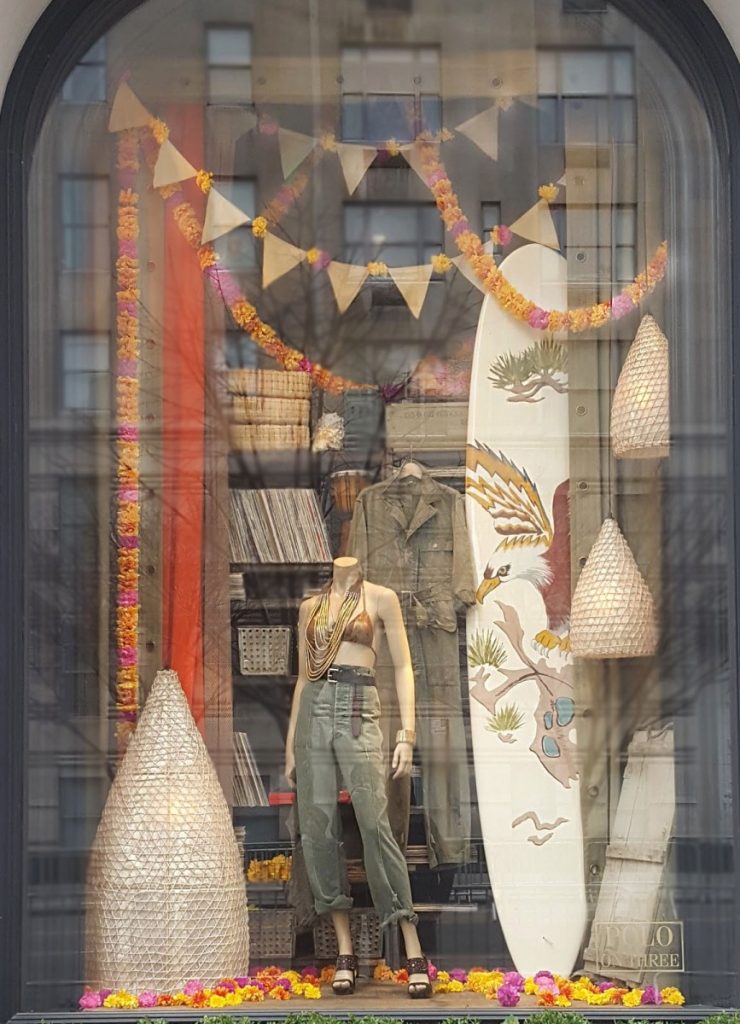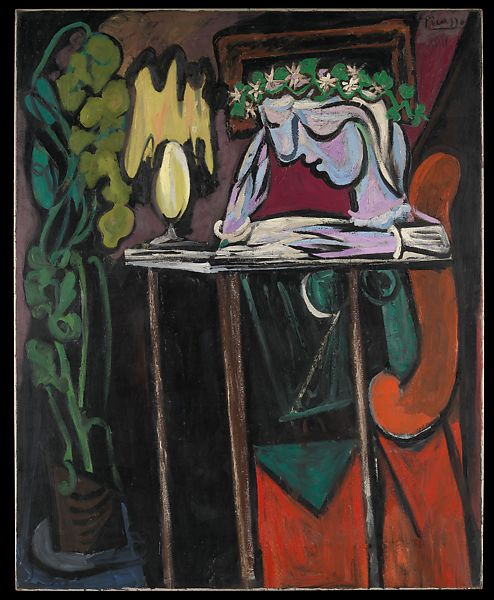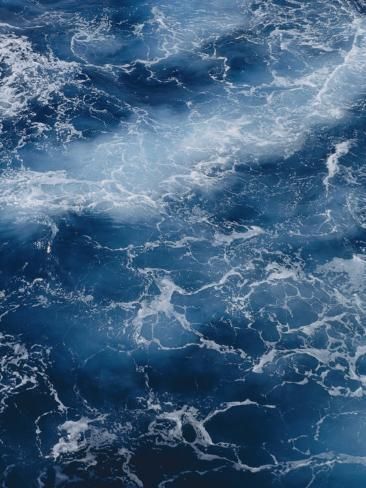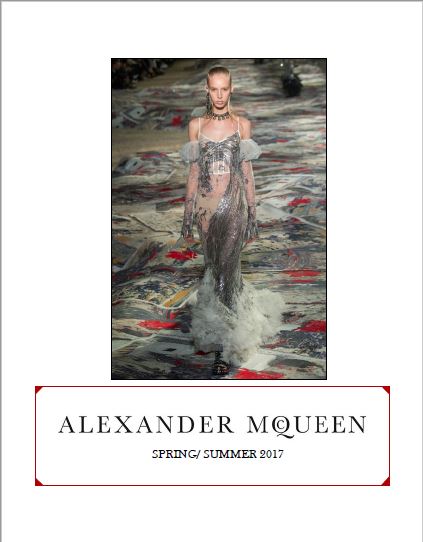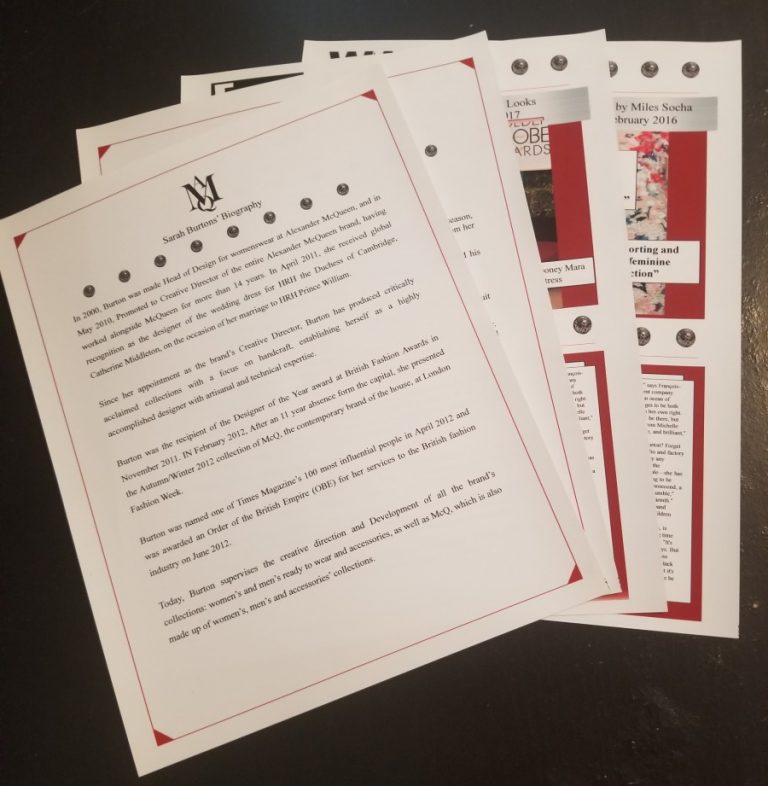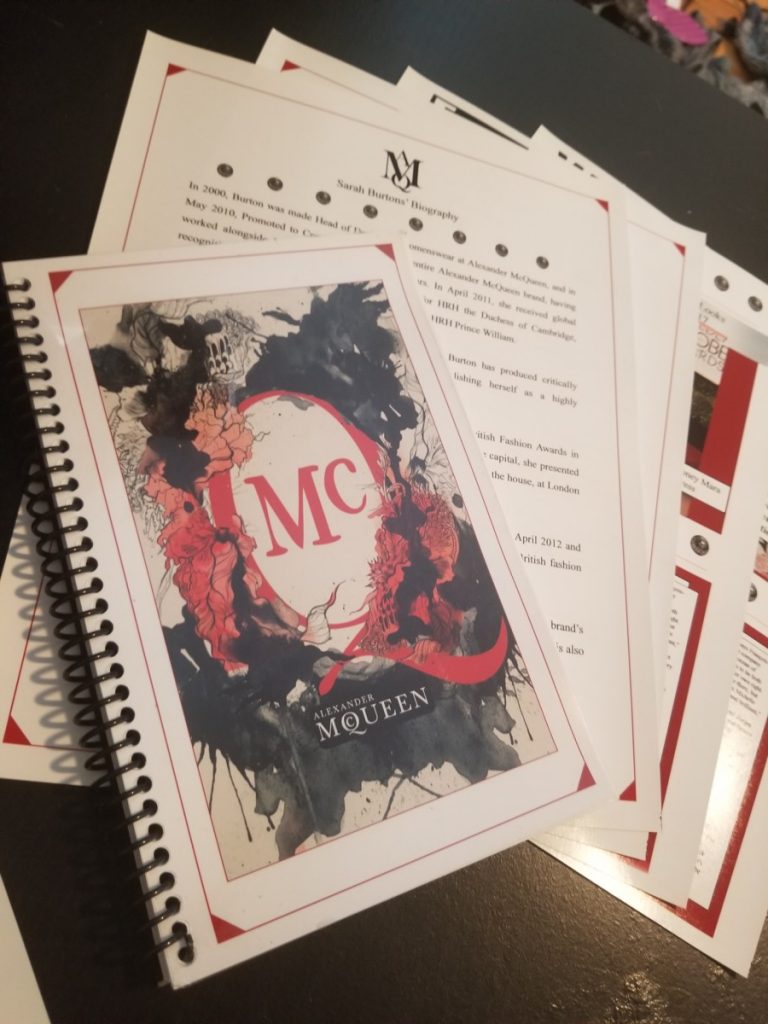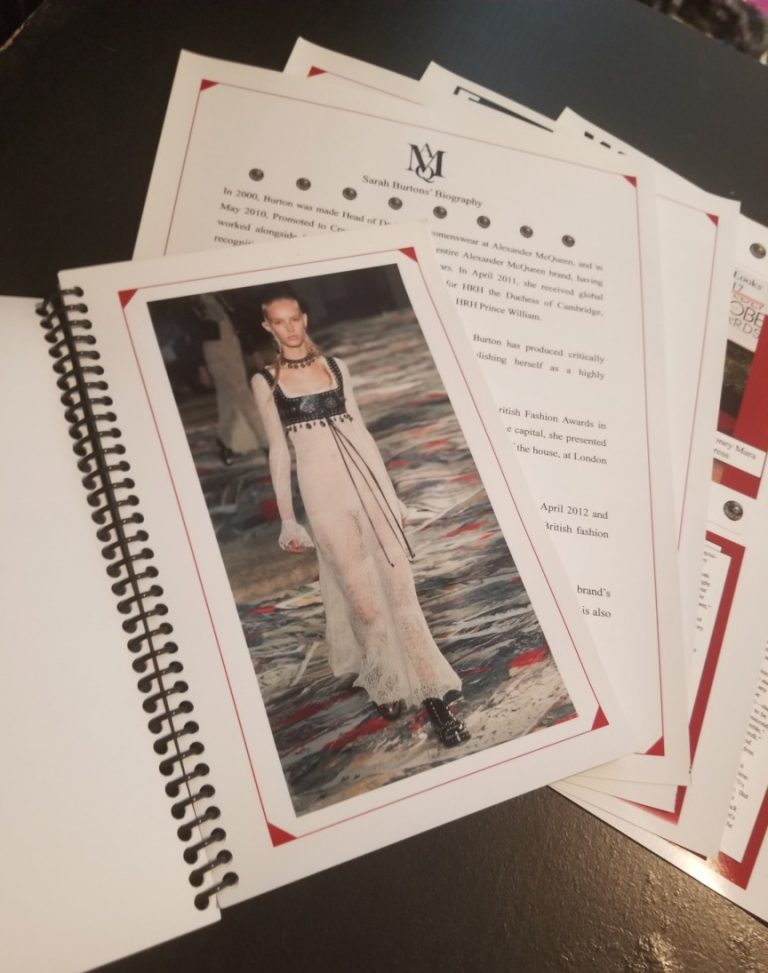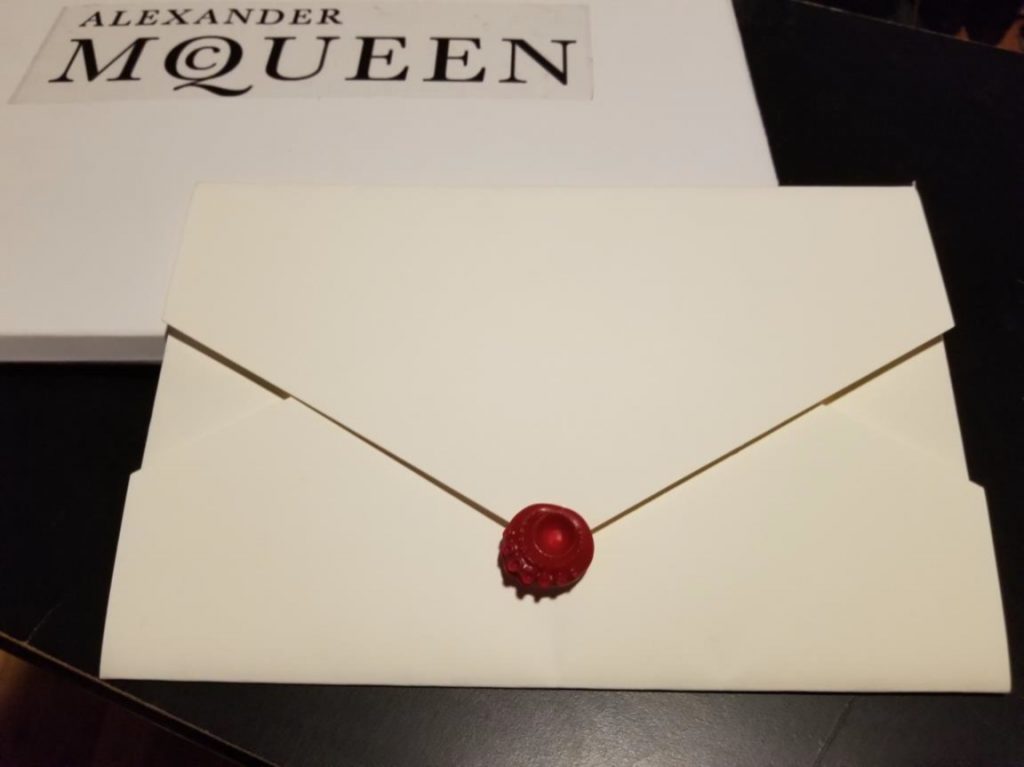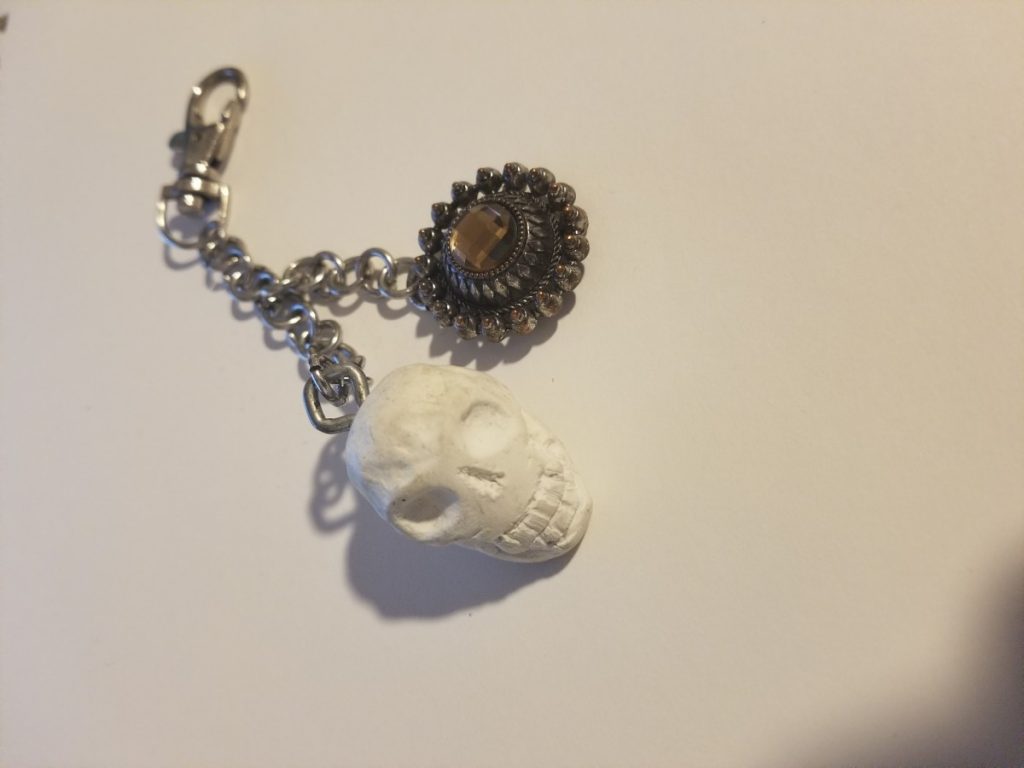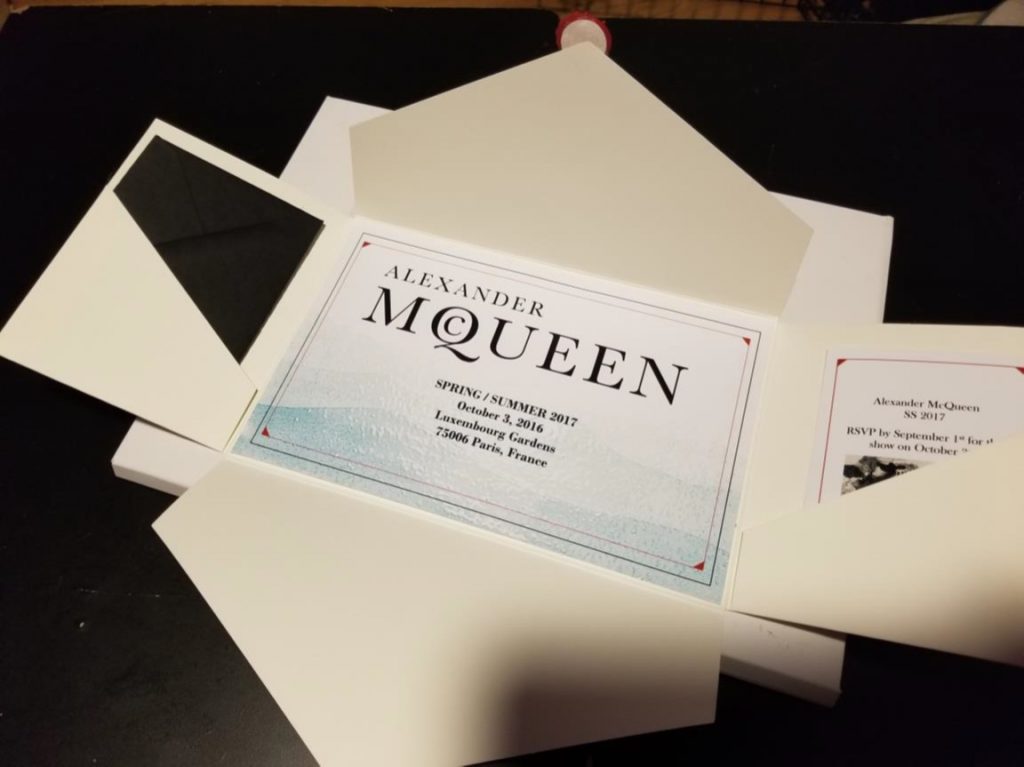Course Description
To earn credit, work experience with a company in the fashion industry, related to the student’s interest area was required. Students applied their formal education to professional situations in order to ease the transition into the work environment. Students kept a journal of their work, submitted written analysis and met periodically to discuss their experiences.
Personal Branding
To prepare for the job market, students worked on showing their value to future employers by creating a personal website to demonstrate their abilities and personal brand image. The career mind map, personal SWOT analysis, personal mission statement, goals, and objectives were a few of the strategies used to build the students personal website and brand.
Yelissa’s e-Portfolio/ website is the result of all her hard work during this course. In addition to being a Brand Marketing and Events intern for Hatch Collection, of course! Most of the assignment such as the mission statement, objectives, logo creation, etc. are in use on other parts of the website. All assignments that helped in creating Yelissa’s website will be linked below:
This career mind map assistsed Yelissa in visualizing what she wanted to do in the future. By completing this, Yelissa determined she would like to work for a creative business that does their best to contribute to the community and environment.
This SWOT analysis helped Yelissa determine what she does best and what she needs to work on. By factoring in the current state of the economy due to Covid-19, Yelissa was able to observe all her options for pursuing a career during this time.
To clearly define who she is, Yelissa tackled creating her personal brand image. With the guidance of her professor, and a few well written personal branding books, Yelissa described her her story of being a girl from the Bronx with large scale dreams.
Yelissa used color and images to give her personal website viewers a deeper understanding of her character. This method mad everything in her eportfolio have purpose.
Here are all of Yelissa’s citations for any images and text mentioned.







